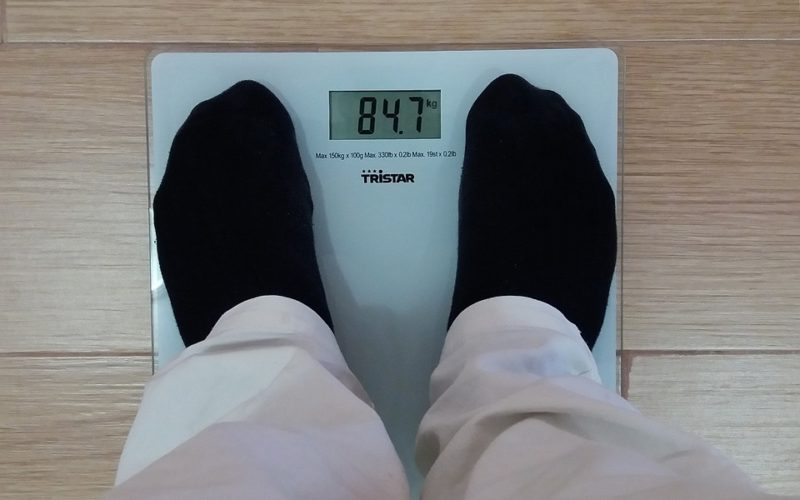When to See a Doctor for Earwax Build-Up
Earwax, or cerumen, is a natural substance produced by glands in the ear canal. Its purpose is to clean, lubricate, and protect the ear from dust, dirt, and bacteria. Normally, wax moves out of the ear on its own through jaw movements like chewing. However, sometimes this self-cleaning process fails, and the wax accumulates. This build-up can harden and become impacted, blocking the ear canal. This impaction can occur for several reasons, including overproduction of wax, having narrow or hairy ear canals, or frequently using cotton buds or earplugs, which can push wax deeper inside. While some earwax is healthy, excessive build-up can lead to discomfort and hearing issues.
When symptoms signal a problem
A small amount of earwax is usually asymptomatic, but when it becomes impacted, it can cause a range of noticeable symptoms. The most common sign is a feeling of fullness or blockage in the ear. You might also experience a persistent earache, ringing in the ears (tinnitus), or dizziness and problems with balance. Hearing loss that develops gradually is another key indicator. In some cases, an impacted ear can lead to a cough, triggered by pressure on a nerve shared by the ear canal and throat. If you experience any of these symptoms, especially sudden hearing loss, severe pain, or discharge from the ear, it is important to seek medical advice rather than attempting to resolve the issue yourself.
The risks of DIY methods
Many people are tempted to handle earwax build-up at home, often using cotton buds, ear candles, or other objects. These methods are not only ineffective but also dangerous. Poking objects into your ear can push the wax further down the canal, worsening the impaction and potentially damaging the delicate eardrum or ear canal skin. Ear candling is particularly risky, with no scientific evidence to support its effectiveness and a documented risk of burns and ear canal obstruction. While over-the-counter softening drops can sometimes be helpful for mild cases, they should be used with caution. If your symptoms persist or you have a history of ear problems, professional consultation is the safest course of action.
Professional ear wax removal options
When home care is not enough, a doctor or audiologist can offer several safe and effective procedures for ear wax removal. One common method is ear syringing, where a controlled stream of warm water is used to flush the wax out. While effective, it is not suitable for individuals with a perforated eardrum or a history of ear infections. A more modern and often preferred technique is ear wax microsuction. During this procedure, a clinician uses a microscope to see inside the ear canal clearly and a small suction device to gently remove the wax. This dry method is precise and generally considered safer, especially for those with sensitive ears or previous ear surgery. Another option is manual removal with a small, curved instrument called a curette, which a trained professional can use to carefully scoop out the blockage.
Who is at higher risk for impaction
Certain individuals are more prone to earwax build-up. Older adults often experience this issue as wax tends to become drier and harder with age. Hearing aid and earplug users are also at higher risk, as these devices can prevent wax from migrating out of the ear naturally. People with skin conditions like eczema, those with unusually narrow or curved ear canals, or individuals who have had previous ear surgery may also find themselves dealing with recurrent impaction. Children can also experience blockages, but their ears are particularly delicate, so any signs of a problem should always be assessed by a healthcare professional.
Preparing for your appointment
If you need to see a doctor for earwax removal, you may be advised to use softening drops (such as olive oil or sodium bicarbonate drops) for a few days leading up to your appointment. This helps to soften the hardened wax, making it easier and more comfortable to remove. During the consultation, the clinician will first examine your ear with an otoscope to confirm that wax is the cause of your symptoms. They will then discuss the most appropriate removal method for you. The procedure itself is usually quick, often taking only a few minutes per ear, and typically provides immediate relief from symptoms like fullness and muffled hearing.
Prevention and long-term care
After successful removal, it's wise to adopt habits that prevent future impactions. The most important rule is to avoid putting anything inside your ear canal, including cotton buds. Let your ears clean themselves naturally. If you are prone to wax build-up, your doctor might recommend using softening drops preventatively once or twice a week to keep the wax soft and help it exit on its own. Regular check-ups may also be suggested, particularly for hearing aid users or older adults, to monitor the situation and address any build-up before it becomes a significant problem. By understanding the causes and seeking timely professional help, you can effectively manage earwax and protect your hearing health.



















